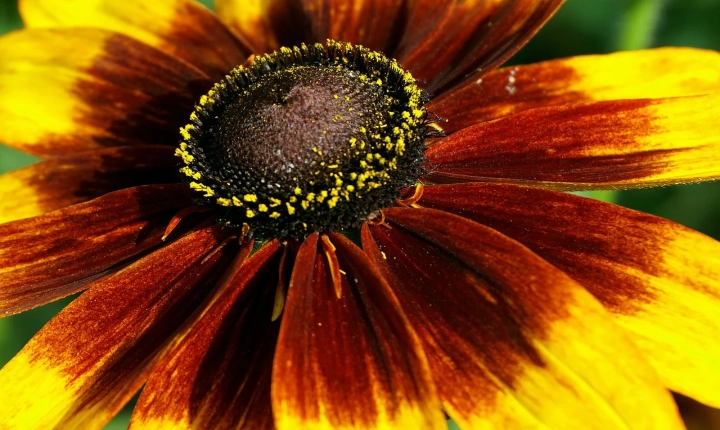Title: Exploring the World of AI Art: How to Utilize Artificial Intelligence in Creating Art
Artificial intelligence has rapidly advanced in recent years, opening up new and innovative ways for artists to create captivating and thought-provoking works of art. With the immense potential of AI, there are now various tools and techniques that allow artists to harness the power of AI to generate art in ways that were previously unimaginable. Whether you are an artist looking to integrate AI into your creative process or a tech enthusiast intrigued by the intersection of art and technology, understanding how to have AI create art can be a game-changing experience.
Understanding the Basics of AI Art
Before delving into the process of utilizing AI to create art, it’s important to have a basic understanding of what AI art actually is. AI art involves the use of artificial intelligence, specifically machine learning algorithms, to generate, enhance, or manipulate visual content. These algorithms can analyze and learn from vast datasets of images, allowing them to recognize patterns and create new visual content based on the learned information.
Key Steps to Utilize AI in Creating Art
If you are interested in incorporating AI into your artistic process, there are several key steps to consider:
1. Familiarize Yourself with AI Art Tools: To get started, it’s essential to become familiar with the various AI art tools that are available. There are numerous platforms and software specifically designed for artists to explore the potential of AI in their work. Some popular tools include DeepArt, RunwayML, and Artbreeder, which enable artists to create art by training AI models or by using existing models to generate new visuals.
2. Experiment with Generative Adversarial Networks (GANs): Generative Adversarial Networks (GANs) are a type of AI model that consists of two neural networks – a generator and a discriminator – that work together to create new images. By using GANs, artists can explore the creation of completely new and unique visual content that is generated by the AI based on learned patterns and styles.
3. Combine Traditional Art Techniques with AI: While AI can bring a new dimension to the art-making process, it can also be used in conjunction with traditional art techniques. Artists can integrate AI-generated content with their own work, leading to a fusion of human creativity and machine-generated imagery.
4. Embrace Collaboration and Community: The growing community of AI artists and enthusiasts is a valuable resource for learning and sharing knowledge. By participating in online forums, attending workshops, and collaborating with other artists, you can gain insights and inspiration for integrating AI into your artistic practice.
Considerations and Ethical Implications
As with any emerging technology, there are ethical considerations to be mindful of when utilizing AI in art creation. It is crucial to consider issues such as copyright, ownership, and the ethical implications of creating art with AI-generated content. Artists should be transparent about the use of AI in their work and ensure that they are in compliance with legal and ethical standards.
Final Thoughts
Utilizing AI in art creation offers an exciting and transformative approach to the creative process. By understanding the basics of AI art, experimenting with different tools and techniques, and being mindful of ethical considerations, artists can explore new realms of creativity and innovation. Whether you are a seasoned artist looking to integrate AI into your practice or someone curious about the intersection of art and technology, the world of AI art presents a wealth of possibilities for pushing the boundaries of artistic expression.
